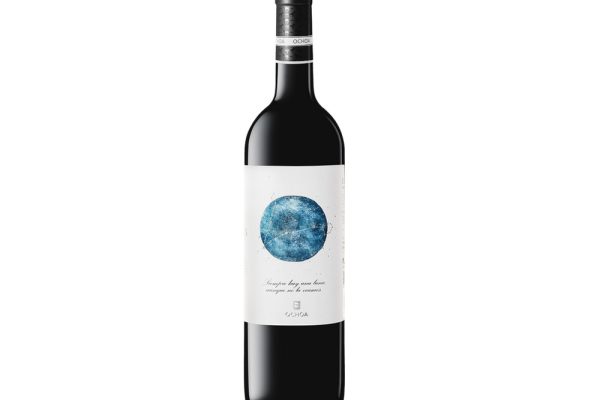
Despite Australia’s immense size, only about 145,000 hectares, about 0.02% of its landmass, is dedicated to vineyards. For comparison, the vineyard area is roughly equivalent to the combined regions of Bordeaux and Burgundy, in France.
Australia’s wine regions, numbering over 65 and hosting more than 150 grape varieties, are scattered across various states including New South Wales, South Australia, Tasmania, Victoria and Western Australia. These regions benefit from a unique combination of geographical factors. The continent’s latitude, maritime influences and elevation contribute to a surprisingly diverse range of climates.

The Southern Hemisphere location of Australia means its seasons are inverted compared to those in the Northern Hemisphere. During the winter months of June to August, vineyards enter a period of dormancy and pruning, setting the stage for the growth cycle. Spring, from September to November, witnesses the vital stages of bud burst, growth and flowering. The summer months of December to February are crucial for berry set and veraison, a period when grapes undergo significant growth and the onset of ripening. Autumn, spanning March to May, is the time for continued veraison and the all-important harvest, a period when decisions about grape variety, region and desired wine style critically influence the harvesting process.
The United Kingdom, a key market for Australian wines, imported nearly 1.5 billion litres of wine in 2020, valued at over $US 4 billion. Australian wine leads in the UK market, holding nearly twice the market share of its nearest competitor, Italy. 36 per cent of Australia’s total wine export volume is destined for the UK. The enactment of the Australia-United Kingdom Free Trade Agreement (A-UKFTA) on 31 May 2023 further aided this relationship by eliminating tariffs on all Australian wine exports to the UK. Prior to this agreement, Australian wines faced the UK Global Tariff (UKGT), which, despite not being steep, represented a significant cost in a market as large as the UK.
Chardonnay is the most planted white variety. Once known for its big, oaky styles in the 1980s and 1990s, modern Australian Chardonnays now embody acidity, more restraint and elegance. This shift reflects a broader trend in Australian winemaking towards more nuanced and diverse styles.
Shiraz thrives in almost every Australian region, except a few cooler climates where ripening is challenging. Accounting for nearly a quarter of the country’s total wine production, Shiraz is versatile. The grape can produce a range from medium-bodied to full-bodied wines, with flavour profiles and structures that vary based on region, climate, vine age and winemaking techniques. Traditional warm-climate Shiraz is known for its bold flavours, juicy fruits, ripe tannins, and high alcohol content, all in a balanced harmony. There’s an increasing appreciation for Shiraz from cooler climates, bringing a different style.
Cabernet Sauvignon, the third most planted grape variety in Australia, is renowned for its deep colour, intense flavour, high acidity, tannins and its capacity to age gracefully over decades.
Sparkling wine represents a smaller, yet significant, segment of Australian wine production. With roots dating back to the late 19th century, Australian sparkling wine has seen considerable growth in recent years. The country produces three main styles, primarily using Chardonnay and Pinot Noir grapes. These include blends of these two varieties, as well as single-varietal sparkling Chardonnays (Blanc de Blancs) and Pinot Noirs (Blanc de Noirs). Australian Blanc de Blancs are typically elegant, savoury, floral and dry, with robust acidity and potential for toasty notes upon aging.
Finally, the logistics of Australian wine export to the UK play a significant role. A large 80% of Australian wine arrives in the UK in bulk, supporting a vast industry encompassing bottling plants and logistics networks. Shiraz and Chardonnay, Australia’s signature styles, dominate both in the UK and globally.














